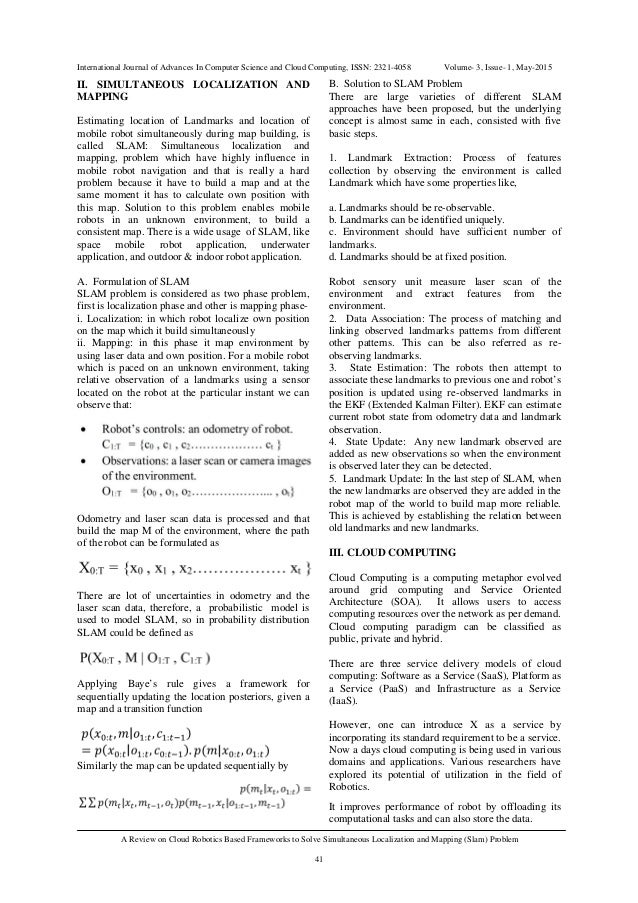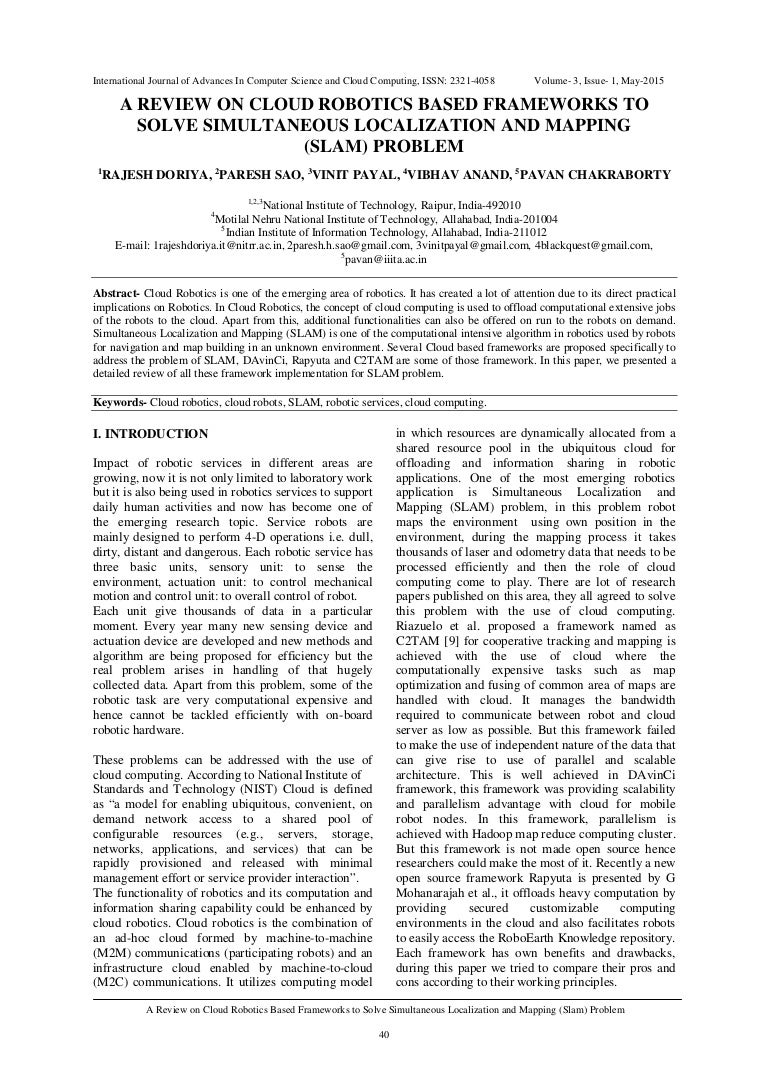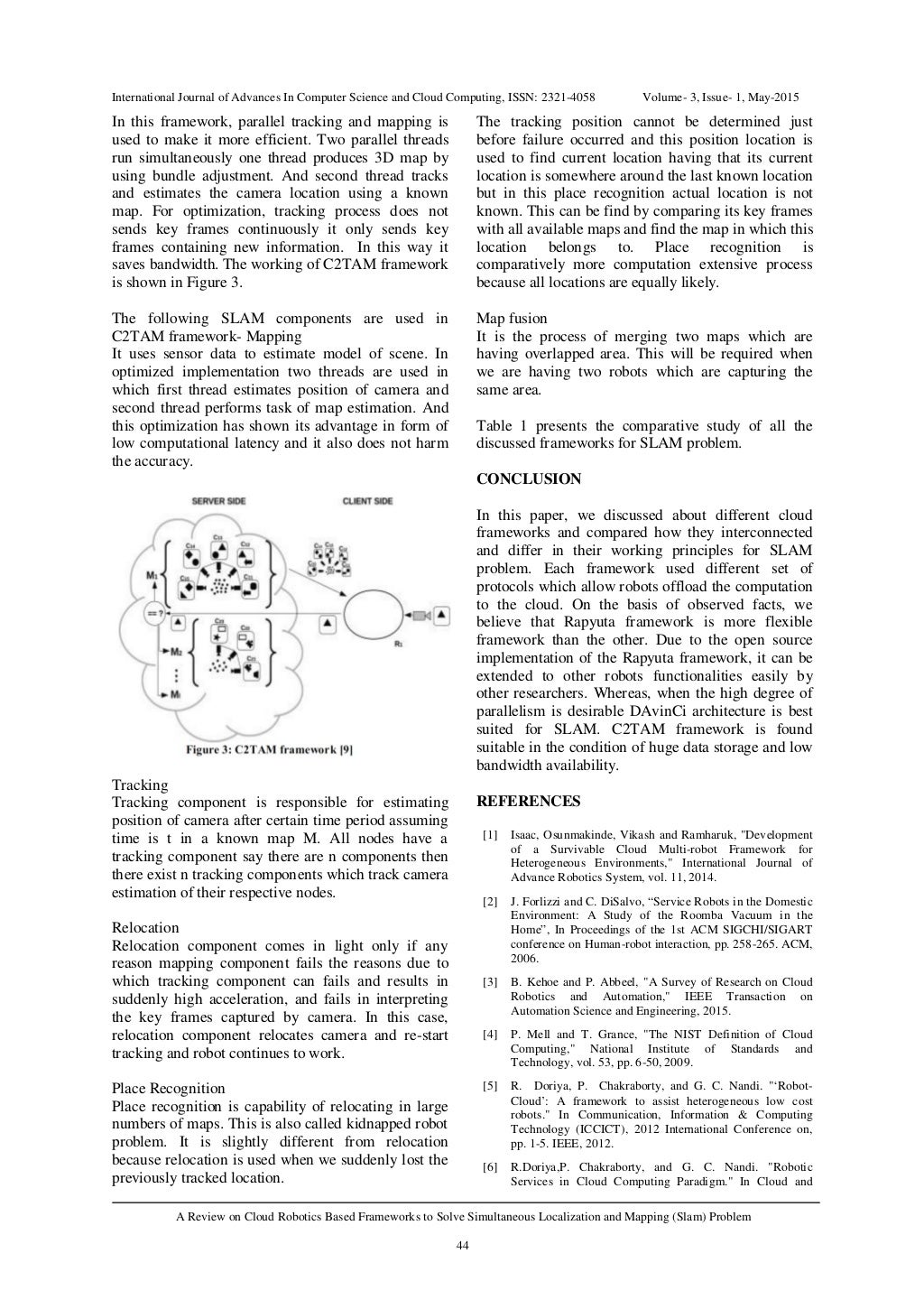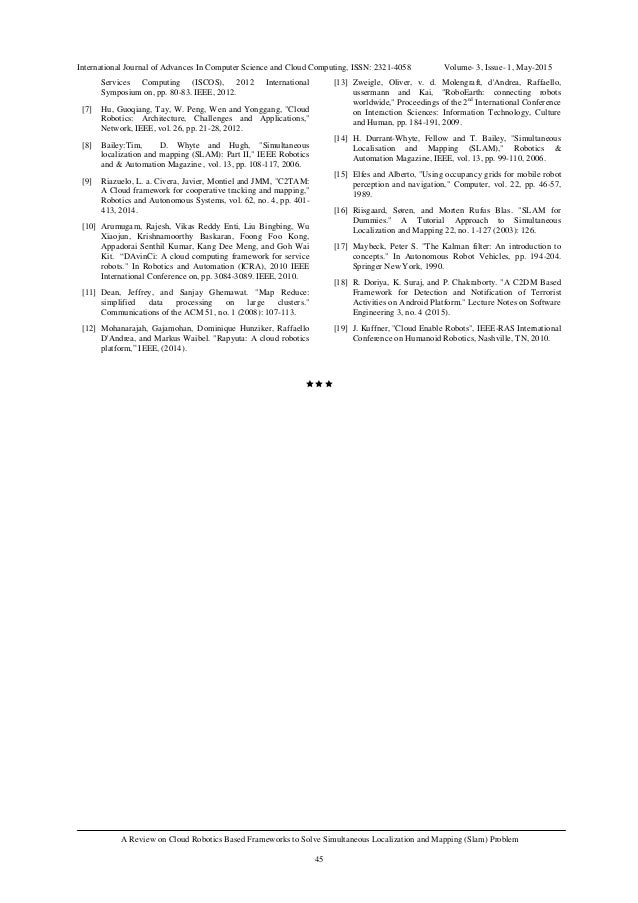Are you scouring the internet for 'slam research paper'? You can find all the information here.
Table of contents
- Slam research paper in 2021
- Simultaneous localization and mapping (slam): part ii
- Orb slam paper
- Slam algorithm
- Simultaneous localization and mapping: part i
- Slam survey
- Simultaneous localization and mapping tutorial
- Slam review paper
Slam research paper in 2021
 This picture representes slam research paper.
This picture representes slam research paper.
Simultaneous localization and mapping (slam): part ii
 This image demonstrates Simultaneous localization and mapping (slam): part ii.
This image demonstrates Simultaneous localization and mapping (slam): part ii.
Orb slam paper
 This image demonstrates Orb slam paper.
This image demonstrates Orb slam paper.
Slam algorithm
 This image demonstrates Slam algorithm.
This image demonstrates Slam algorithm.
Simultaneous localization and mapping: part i
 This image representes Simultaneous localization and mapping: part i.
This image representes Simultaneous localization and mapping: part i.
Slam survey
 This image demonstrates Slam survey.
This image demonstrates Slam survey.
Simultaneous localization and mapping tutorial
 This image representes Simultaneous localization and mapping tutorial.
This image representes Simultaneous localization and mapping tutorial.
Slam review paper
 This picture demonstrates Slam review paper.
This picture demonstrates Slam review paper.
Which is the best starting point for Slam?
A good starting point for understanding SLAM principles is: “Past, Present, and Future of Simultaneous Localization and Mapping: Towards the Robust-Perception Age” (2016) by Cadena et. al. They describe the typical architecture of SLAM as follows:
How does Slam maintain local frames of data?
By aligning the scans in (b) based on networks of relative pose constraints, the resulting match is considerably improved. In the algorithm, they maintain all local frames of data, as well as a network of spatial relations among those. One of the main questions is: how much history to keep?
How does the SLAM algorithm work in Ar?
To make Augmented Reality work, the SLAM algorithm has to solve the following challenges: Unknown space. Uncontrolled camera. For current mobile phone-based AR, this is usually only a monocular camera. Real-time.
How does Slam work in a real life scenario?
Unfortunately, in the real-life SLAM scenario, you must work with imperfect knowledge. This results in uncertainties. The points have spatial relationships to each other. As a result, you get a probability distribution of where every position could be. For some points, you might have a higher precision.
Last Update: Oct 2021